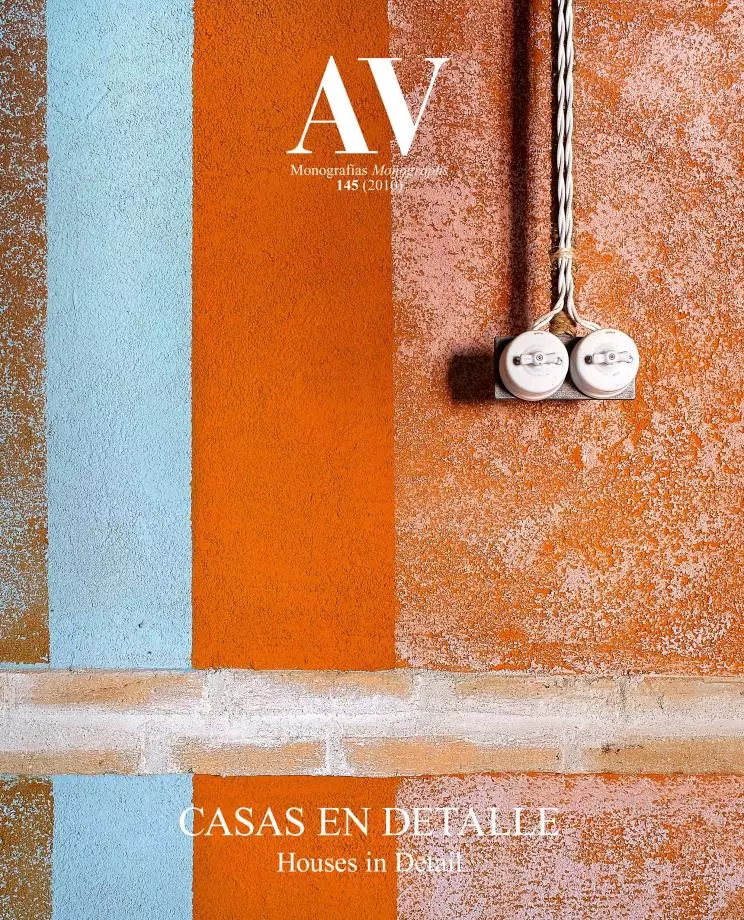Pentimento

Yes, of course we love the house, particularly in its anthropological dimension, because we are after all indebted to that phenomenological tradition that questions the indistinct space of modernity, claiming a return to the singularity of places, a transit that in the field of housing goes from the homogeneous, uniform dwelling that reaches an apex in the projects of Hilberseimer to the elementary house of children’s drawings and Bachelard’s texts, a house with ominous basements and oneiric attics, with windows and doors that open and close like eyes and mouths, and all of this tangled around the fireplace and extended with the tamed nature of the garden, because the experience of inhabiting, beyond what Adorno called ‘the jargon of authenticity’, sparks essential emotions and appeals to an organic time that does not fit in well with the mechanical rhythms of paradigmatic modernity, or with its undefined, endless space.
And yes, of course we hate the house, as both a whimsically shaped expression of fictitious individuality and a nostalgic and arcadian rejection of the collective condition of industrial or postindustrial societies, massive but also egalitarian, so we are forced to reject the house that, from Jefferson to the Broadacre of Wright, with the crucial help of the automobile, has created contemporary suburbanization, first in the United States and then in the rest of the world, with devastating social and ecological consequences, because it replaces the stimulating diversity of compact cities with a fragmented, sterile anomie, consumes territory with endless greed, and places undue pressure on scarce resources like water and energy, not to mention the cost of big infrastructures and the toll in gas, time and quality of life that commuting entails, but still the media pushes it like drugs or candy.
The twelve houses published here are all unique, refusing to accept tiresome convention and choosing to become architectural labs, perhaps following the advice that Alejandro de la Sota gave us students, claiming that it was unworthy of architects to put their talent at the service of the dreams of an individual, and accepted the house project only as an occasion to test layouts or materials that should be used later in works with a larger size or collective content, and it is precisely that strict experimental condition which justifies the huge investment in effort, time and knowledge, besides a well-honed sensibility, that all of them show, and which also redeems their authors for working with that type, fascinating and hateful, obsolete and eternal, enemy of urban complexity and at the same time essence of the primitive dwelling, that house which we cannot celebrate but without which we cannot live.
Luis Fernández-Galiano





